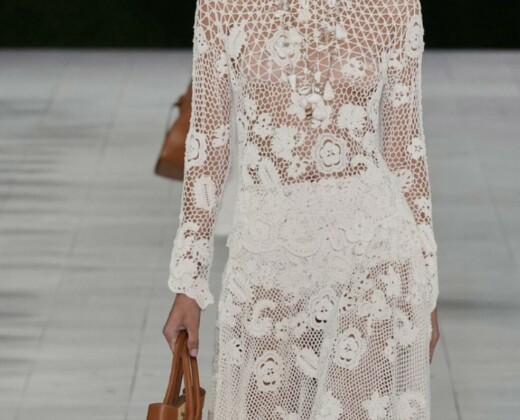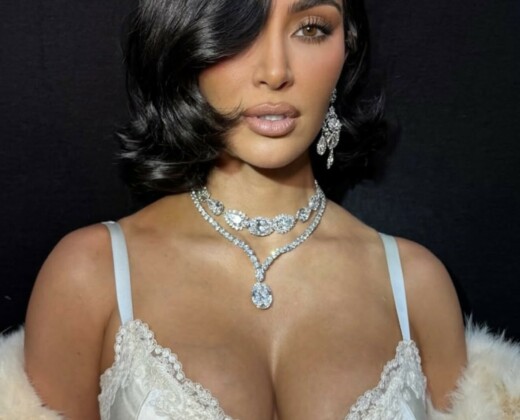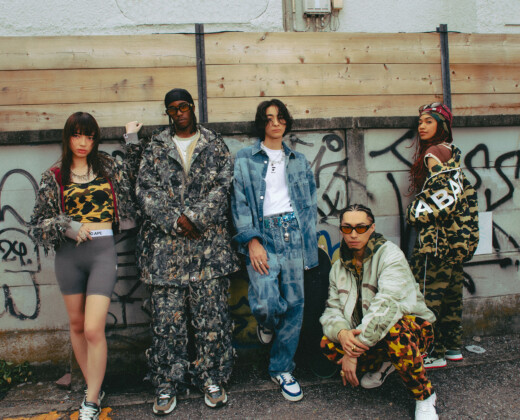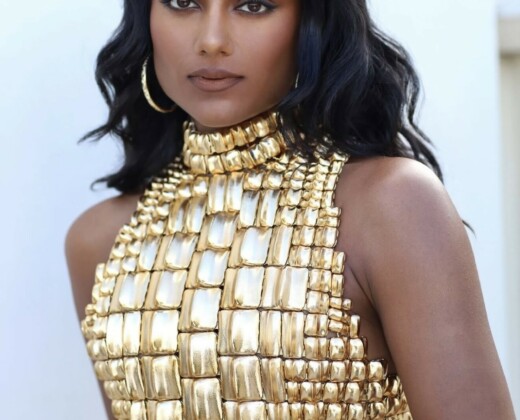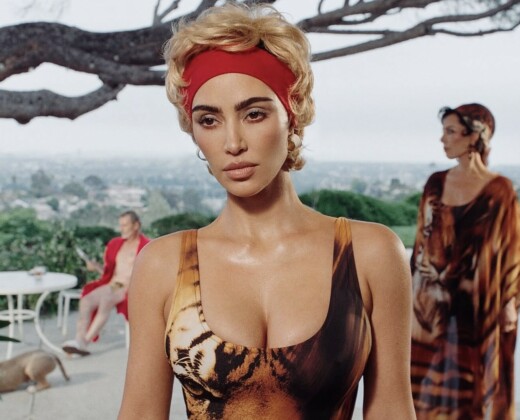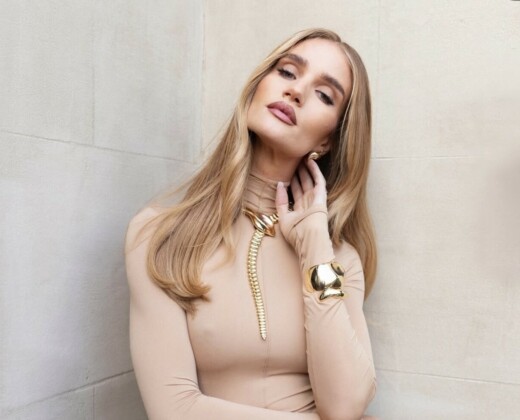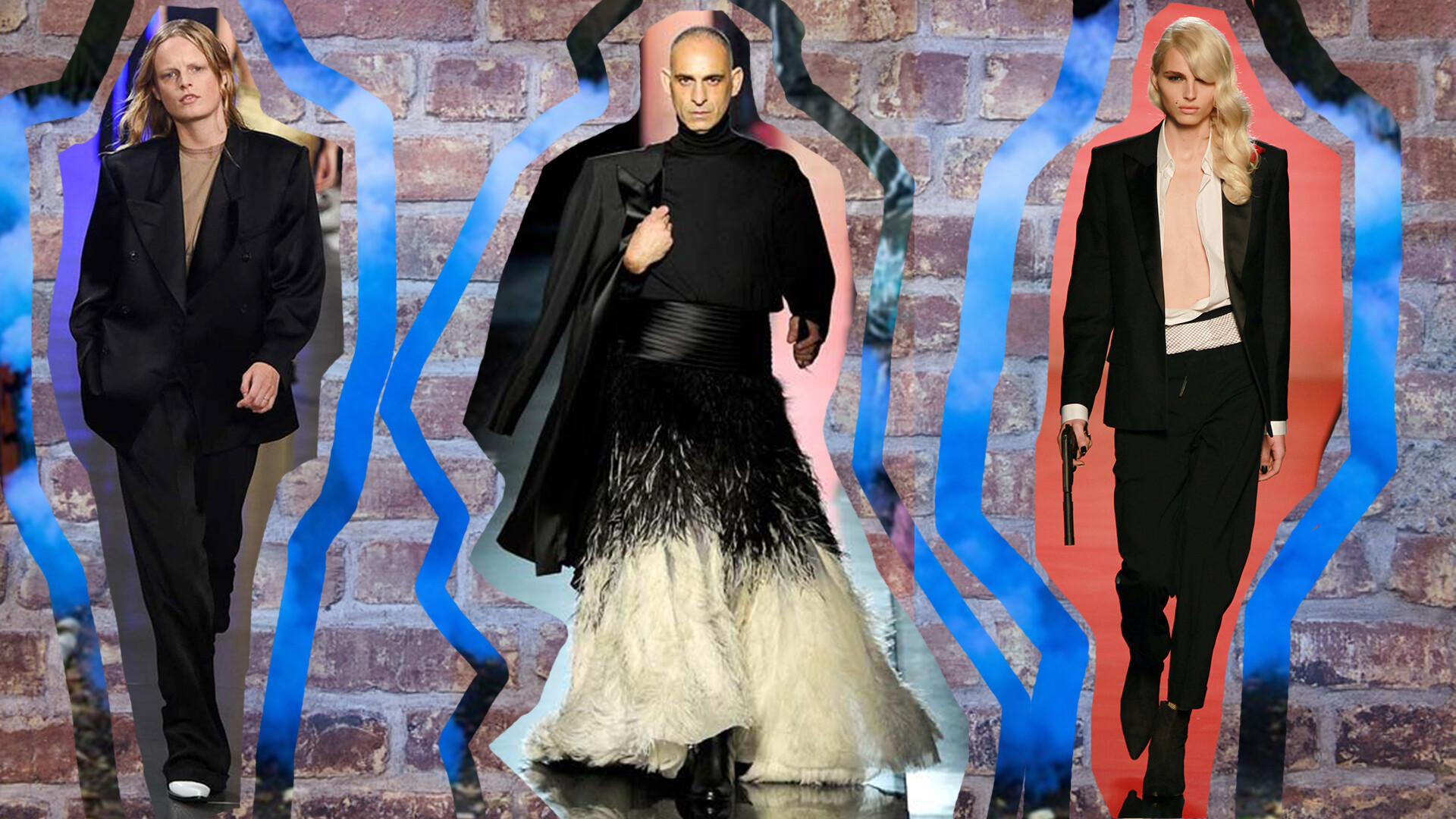
In a culture where gender roles and stereotypes are being broken, more and more individuals are speaking out about their fluidity with gender and non-binary labels. Fortunately, we live in an environment where transgender and LGBTQ+ communities are being accepted into society and the fashion industry is finally recognising those identities in their trends and runways.
The boundaries of masculine and feminine fashion are merging together to create an androgynous look, often showcased on androgynous/non-binary models; a big ‘F-you’ to pre-existing norms where society dictated who you were and what you should wear. With fashion being a freedom of expression, androgynous trends allow those who are transgender or non-binary to wear what they want rather than trying to fit a certain feminine/masculine ideal. The trend also allows those of us who identify as cis male or cis female, to explore and find our personalities without feeling restricted to gendered clothing.
Fashion has come a long way from the full skirts of the 50’s, and figure-hugging corsets from the 1840’s. Catwalks and stores are now producing more oversized pieces of clothing that lack in shape and structure: think oversized blazers and loose trousers. Gone are the tailored shirts and body-con dresses, now replaced with baggy silhouettes keeping bodies desexualized. It’s not only women on catwalks adorning gender-fluid pieces, the men are also pushing boundaries by being seen in more feminine cuts and colours. Singer David Bowie is arguably one of the most iconic androgynous influences in recent history. His Ziggy Stardust persona is quintessential to fashion, as he integrated the worlds of feminine and masculine, keeping the public guessing his gender identity and sexuality as he defied the norms of masculinity.
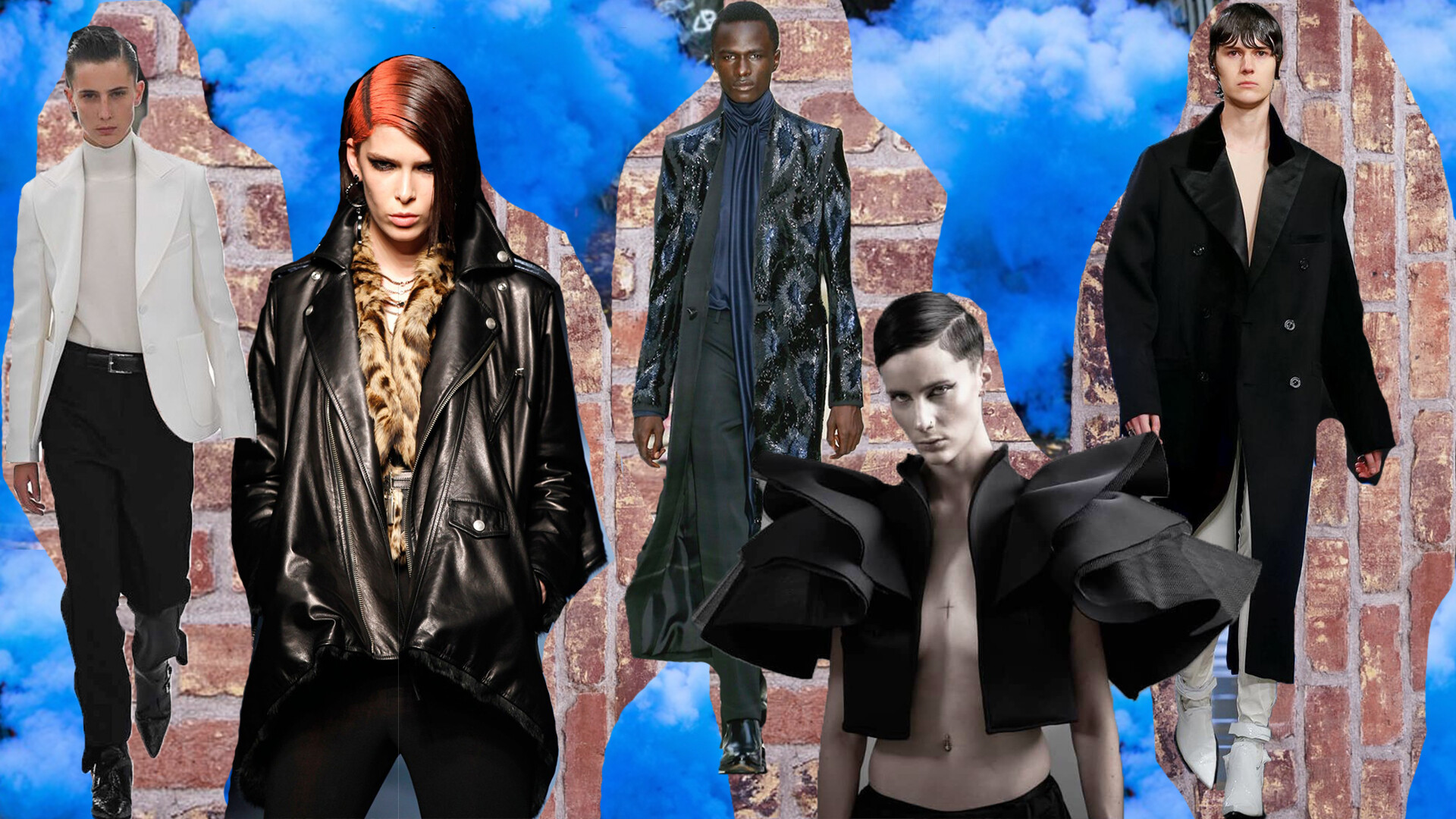
A huge influencer of androgynous fashion is designer Jean-Paul Gaultier who has previously questioned, ‘What is masculine and feminine anyway?’. Some of his staple looks involved sending male models down the runway wearing floor-length, silk skirts, which is no surprise as he was also fond of dressing women in oversized power suits. His clothing often blurred the lines between masculine and feminine fashion. Gaultier was not alone in his experimental trends, Yves Saint Laurent was the first designer to introduce the suit as a form of evening wear for women in the 1960’s. His famous ‘Le smoking’ suit consisted of a black, pinstriped trouser and blazer, worn with a white ruffle shirt and black bow tie, it was considered the first tuxedo for women. The power suit has since come a long way, with A-list celebrities such as Kim Kardashian opting to wear a tailored suit instead of a gown and looking fierce for it.
Could this be the end of gender-specific fashion?
Words by Camila Karalyte
Graphics by Ella Winfield
, , , , , , ,


